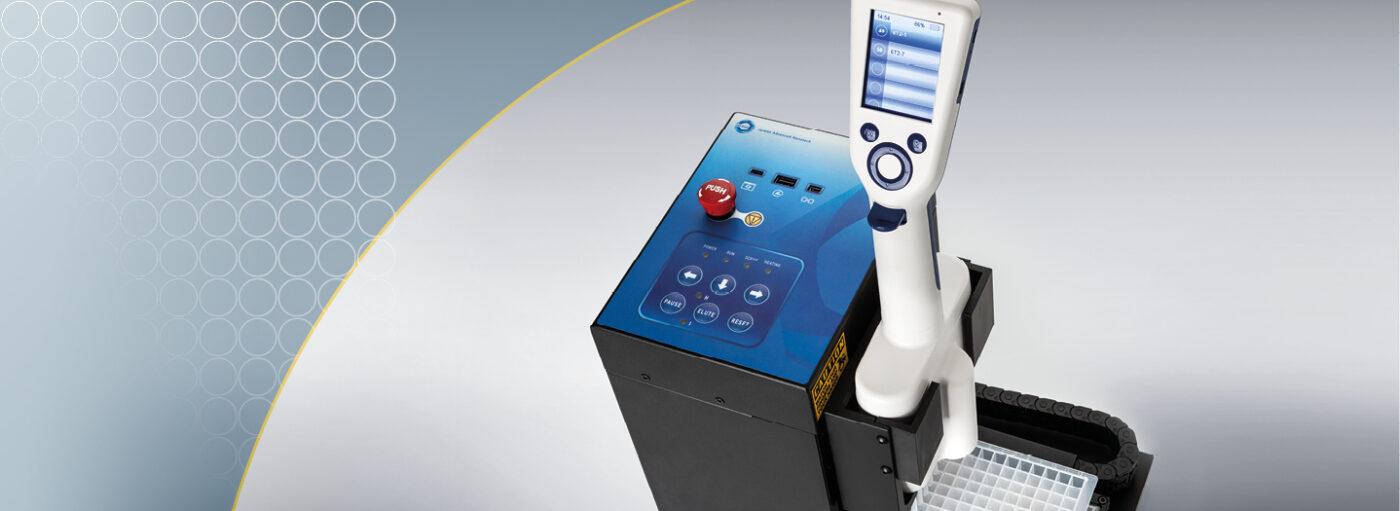
Recent news in Food & Feed Analysis
- Home
- /
- Technologies
- /
- Semi-automated nucleic acid preparation...
Semi-automated nucleic acid preparation for food and feed samples – simplicity and convenience

Extraction of nucleic acids is a vital part of real-time PCR and is often challenging due to several factors such as the high variability of sample matrices and inhibitory substances like plant ingredients, alcohols or salts.
Nucleic acid preparation may involve four major steps:
- Cell lysis to disrupt cells/tissues
- Nucleic acid adsorption
- Washing
- Elution
Manual nucleic acid preparation methods are often laborious and time-consuming and the outcome depends among other things on the nature of the sample matrix as well as on the experience of the laboratory staff for instance.
Automated extraction solutions help to simplify and increase the output of nucleic acid extraction. An automated solution does not only decrease manual hands on time and labor costs, it also increases efficiency and quality, and helps to standardize and harmonize internal methods. However, in order to compete with manual extraction, automated systems also need to meet other requirements, such as reproducible results, minimal cross-contamination, and of course, ease of use.
Use only one prep kit for a broad range of applications: The new SureFast® Mag PREP Food (F1060) is intended for the extraction of animal and plant DNA from food and feed samples as well as bacterial DNA from culture enrichments in conjunction with the TANBead Maelstrom™ 8 Autostage (ZMAL8). The technology is based on magnetic beads and up to eight samples can be processed per run. For the preparation of virus samples the SureFast® Mag PREP Pathogens (F1062), which is available soon, is recommended.
There are only three steps to be carried out when using R-Biopharm’s walk away solution for nucleic acid preparation:
- Lysis: Add reagents to homogenized sample and incubate under continuous shaking in a thermoblock
- Transfer lysate supernatant onto pre-filled deep well plate
- Insert plate into the TANBead M8 Autostage and start the process
https://www.youtube.com/watch?v=6B7d5RVkD5Q&t=
In a comprehensive study, carried out by Congen, a variety of food and feed matrices was analyzed comparing spin-filter and magnetic bead based extraction methods. Results showed variances of 1-2 cp values between the differently extracted samples. Furthermore, for some matrices, better PCR results were observed with the magnetic bead-based extraction method.
